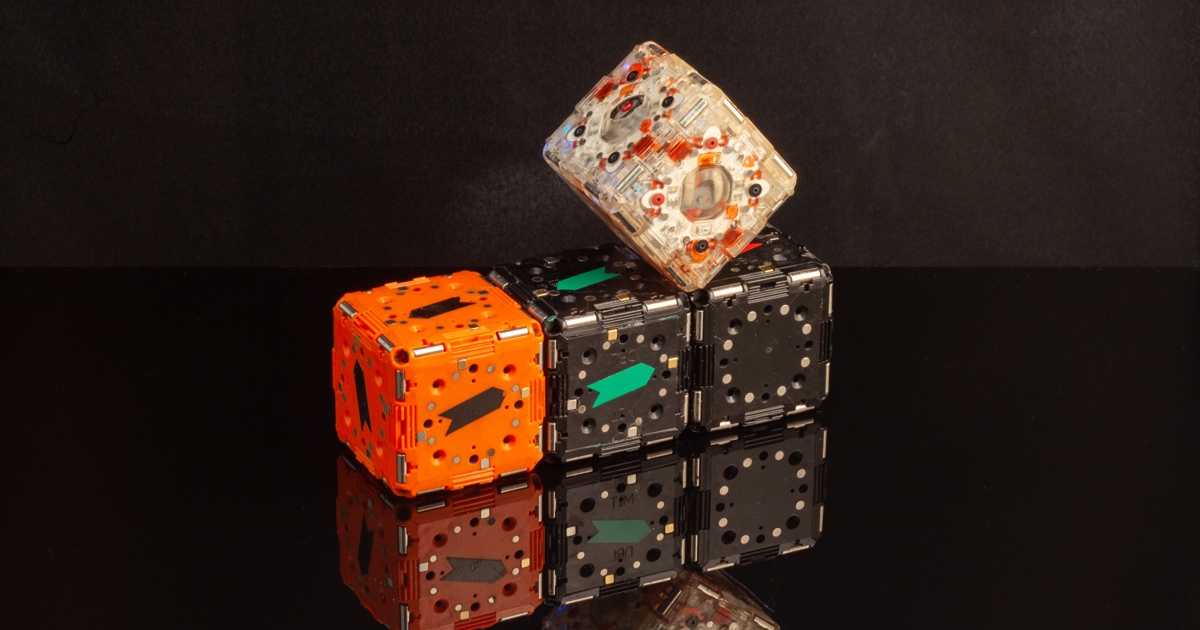If you were to compare the dice-like M-Block robots from MIT with the robots from Boston Dynamics, you might not find them very attractive. However, these versions of robots from MIT because of their lack of limbs are capable of performing a variety of insane feats, including jumping, climbing, and assembling into bigger structures.

These skills may very well enable these to assemble themselves into a staircase aimed at rescuing survivors that are trapped in a building. Each M-Block robot comes with a flywheel that is located inside it and spins at 20,000 RPM. It also features permanent magnets on each edge and face. This enables the M-Block robots to leap, crawl, and spin along by making use of angular momentum. This also allows M-Block robots to clip onto one another magnetically. The best thing about this seeming simplicity, they are capable of banding together to create structures and carry out tasks.

The lead author John Romanishin said, ”Other robotic systems have much more complicated movement mechanisms that require many steps, but our system is more scalable and cost-effective. The unique thing about our approach is that it’sit’s inexpensive, robust, and potentially easier to scale to a million modules.” Similar to previous models, each module is capable of moving in up to 24 different directions, and thanks to the absence of protruding limbs, it is easy for them to avoid collisions and clearing obstacles.

These M-Block robots are now capable of communicating with each other by making use of barcodes. This mode of communication is much more reliable as opposed to using infrared light or radio waves, especially when a lot of M-Block robots are present in an area. In an experiment, the researchers wanted to observe if the robots would be able to transform into a straight line from a randomized structure. In order to do that, these robots had to determine how they were connected, then decide about how they would move in order to make the line, and at the end, almost (90%) all of them were able to pull this off successfully.
As of right now, 16 M-Block robots are capable of doing simple things such as following lights, forming a line, or following arrows. The next step is to increase the number of blocks, thus allowing for bigger swarms that can assemble into more intricate structures.


